Exploring the Spices of Haitian Creole Cooking
9 min read Discover the vibrant spices that define Haitian Creole cooking and elevate its rich, flavorful dishes. June 28, 2025 09:05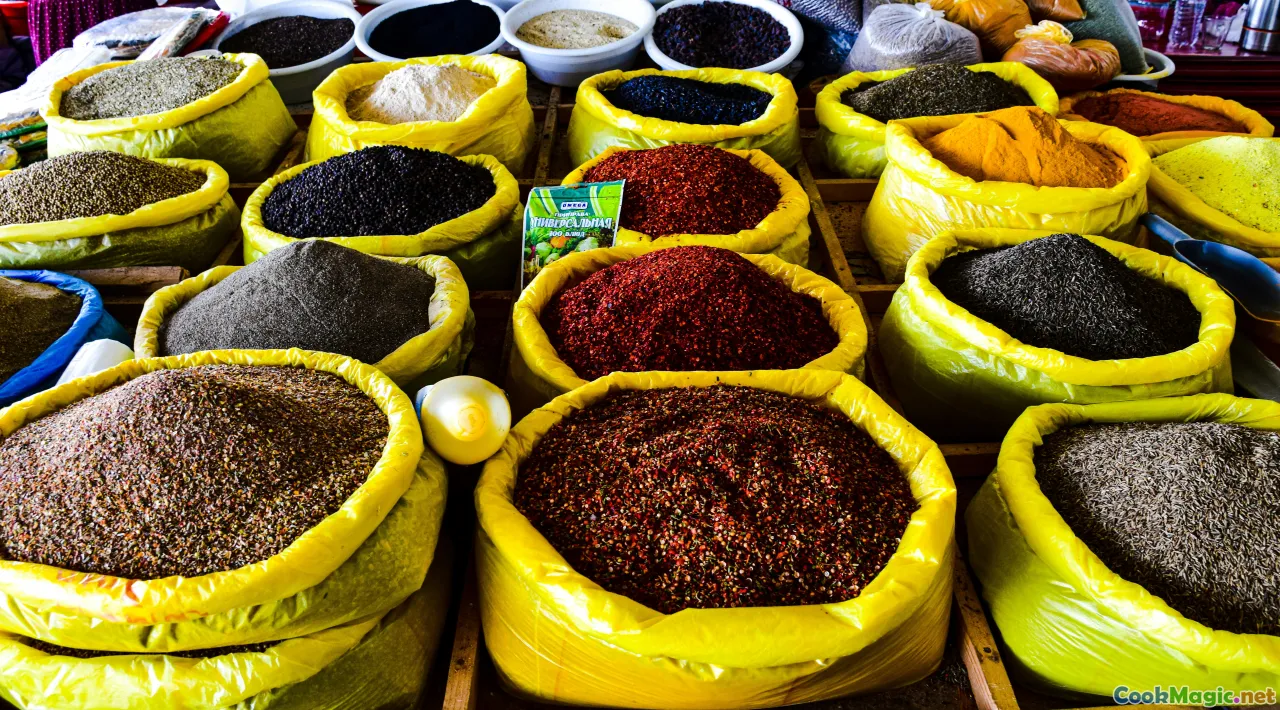
Exploring the Spices of Haitian Creole Cooking
Few culinary traditions evoke the vibrant tapestry of history, culture, and emotion quite like Haitian Creole cuisine. An exuberant symphony of flavors, textures, and aromas, Haitian cooking is as much a reflection of its colorful heritage as it is a celebration of everyday life. Central to this flavorful identity are the unique spices that weave through each dish — whispering stories of enslaved ancestors, indigenous roots, and culinary ingenuity. Embark with me on a sensory journey into the world of Haitian spices, discovering how they elevates humble ingredients into soulful masterpieces.
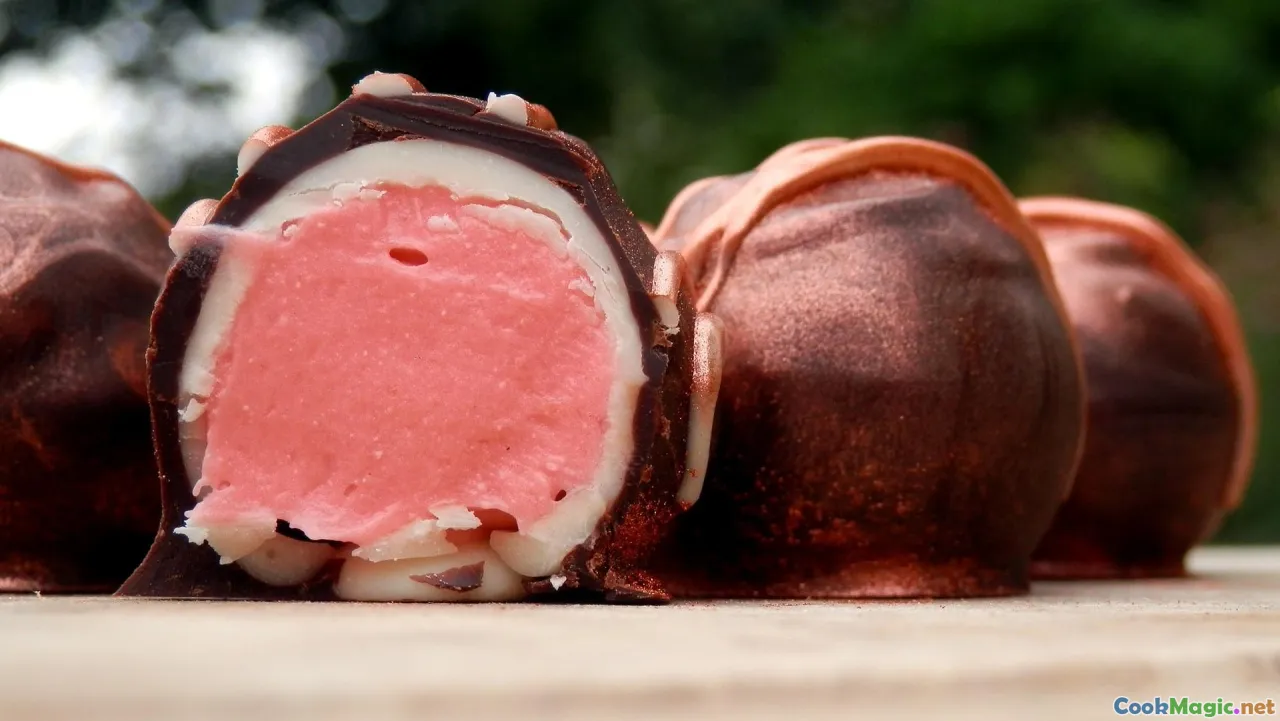
The Heartbeat of Haitian Spice: A Cultural Tapestry
Haitian cuisine is rooted in resilience and resourcefulness. The spice blend—sometimes called epis—serves as the soul of this cuisine, bringing depth and vibrancy to every dish. These spices are more than flavor enhancers; they are carriers of history, symbolizing community, resistance, and celebration.
In cities like Port-au-Prince orJacmel, markets burst with color and aroma. Shelves overflow with dried herbs, fiery peppers, and fragrant roots—each with a story. Local vendors hand-pick their harvests, often sourcing indigenous ingredients and mixing their own signature epis blends, which can vary from family to family, reflecting local traditions.
Culturally, spices in Haiti are intertwined with drumming, dance, and religious rituals such as Voodoo, where offerings include spicy pepper sauces and aromatic herbs meant to invoke spirits or honor ancestors. Every pinch, grind, and sprinkle reflects a reverence for tradition and survival.
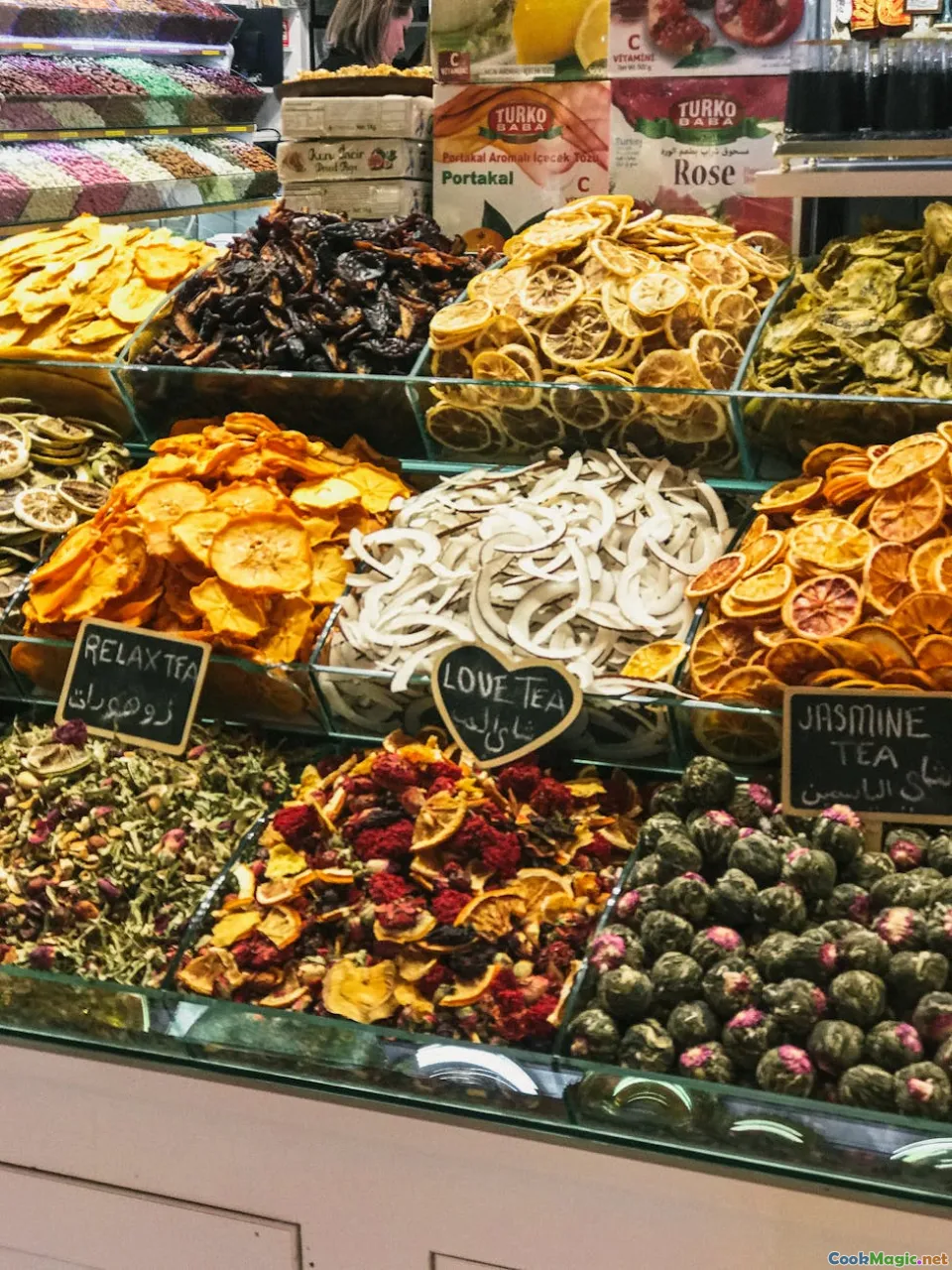
Key Spices and Flavors in Haitian Creole Cuisine
1. Scallions and Garlic
The backbone of most Haitian dishes, fresh scallions and garlic impart an earthy, robust aroma. Their pungency ignites the senses, whether in a simple fried plantain or a hearty stew.
2. Scotch Bonnet Peppers
Small but fiery, scotch bonnet peppers are the iconic spice—imparting a bright, fruity heat that dances on the palate. Their intense flavor feels almost intoxicating, balancing sweetness with searing spiciness.
3. Allspice (Pimentón)
Native to the Caribbean, allspice (known locally as poudlard) has a warm, sweet aroma reminiscent of cinnamon, cloves, and nutmeg. It is key in marinades, stews, and even desserts like pain cacao.
4. Cloves and Cinnamon
Sweet spices like cloves and cinnamon are used judiciously to add depth, particularly in sweet breads and syrupy desserts, echoing Haiti’s historical ties with spice trading.
5. Ginger
Zesty and invigorating, ginger brings a sharp brightness to both savory and sweet dishes. Haitians often incorporate fresh ginger into marinades and teas, adding a fiery zing.
6. Thyme and Leafy Herbs
Fragrant and earthy, fresh thyme and bitterleaf (lamen) are staples, infusing dishes with layered herbal complexity.

How to Craft the Perfect Haitian Epis Spice Blend
The epis is a cornerstone—an all-purpose seasoning that embodies Haitian flavor. Making it at home is both an art and a tradition.
Ingredients:
- 1 cup scallions, roughly chopped
- ½ cup fresh thyme
- 2-3 Scotch bonnet peppers (or hoth peppers), seeded if less heat is desired
- 4 cloves garlic
- 1 small onion
- 1 teaspoon black peppercorns
- 1 teaspoon salt
- 1 teaspoon ground annatto (for color)
- ½ teaspoon cloves (optional)
Method:
- Start by roasting the Scotch bonnet peppers lightly over an open flame or in a hot skillet—this releases essential oils and enhances flavor.
- In a blender, combine all ingredients with a splash of oil or vinegar to facilitate blending.
- Blend until you achieve a coarse, vibrant mixture.
- Store in a glass jar in the refrigerator for up to two weeks.
This epis can be freshly made for each dish or prepared in larger quantities as a fundamental marinade or seasoning base.
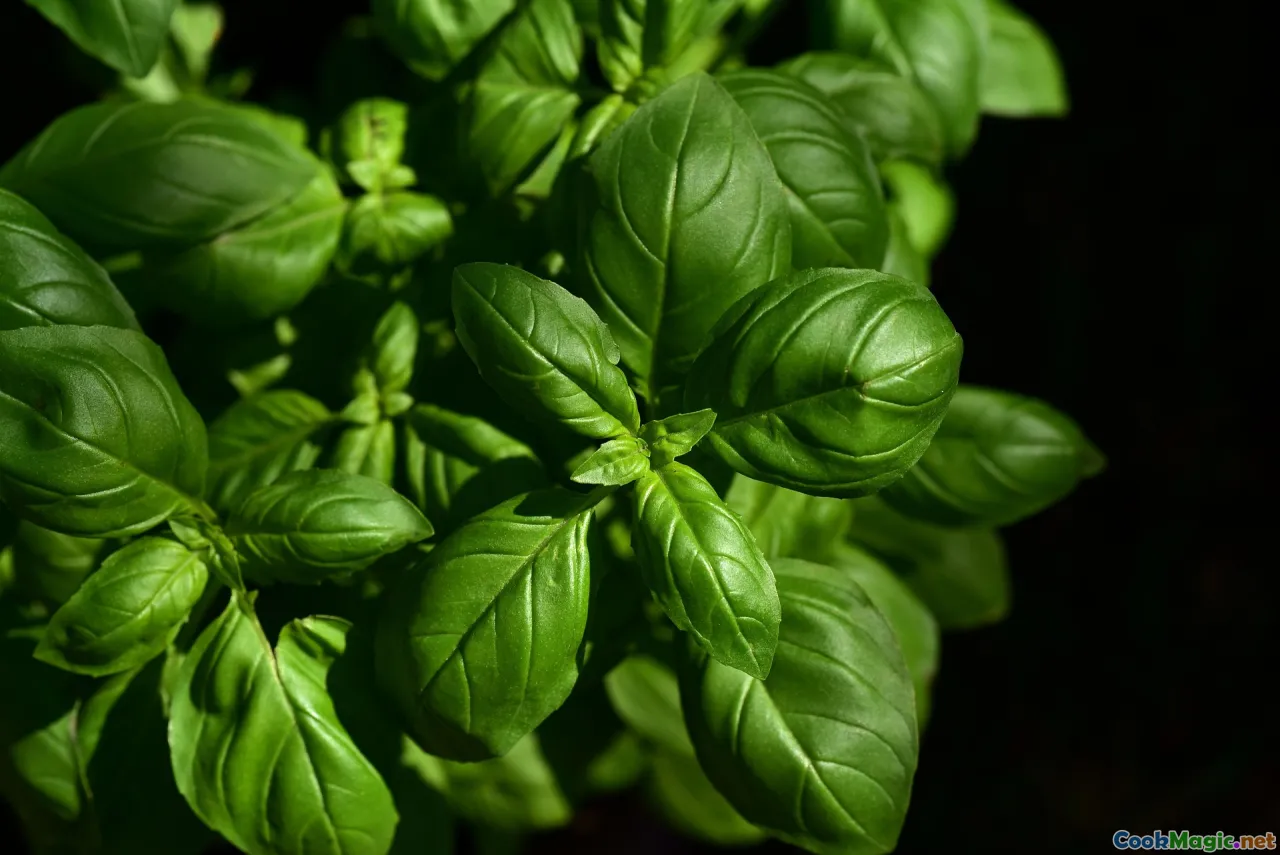
Regional Variations and Famous Dishes
Different regions in Haiti emphasize certain spices or preparations, resulting in distinctive flavors.
Port-au-Prince – Urban Boldness
Here, dishes like Griot (fried pork) are coated in spice-heavy marinades, often topped with fiery hot sauces and epis that showcase the boldness of the city.
Jacmel and the South – Coastal Freshness
Seafood is prominent, seasoned with lemon, garlic, and fresh herbs, highlighting the natural sweetness of day’s catch.
Nord – Savory and Hearty
A focus on richer, spicy stews like Tassot (dried, salted fried beef), flavored with clove, cinnamon, and pepper.
The Classic: Griot with Pikliz
Griot, marinated in a spicy, aromatic blend, is served alongside Pikliz, a spicy pickled vegetable relishing the heat from Scotch bonnet peppers. The combination creates an explosion of flavor—crispy, tender pork with a tangy, fiery kick.
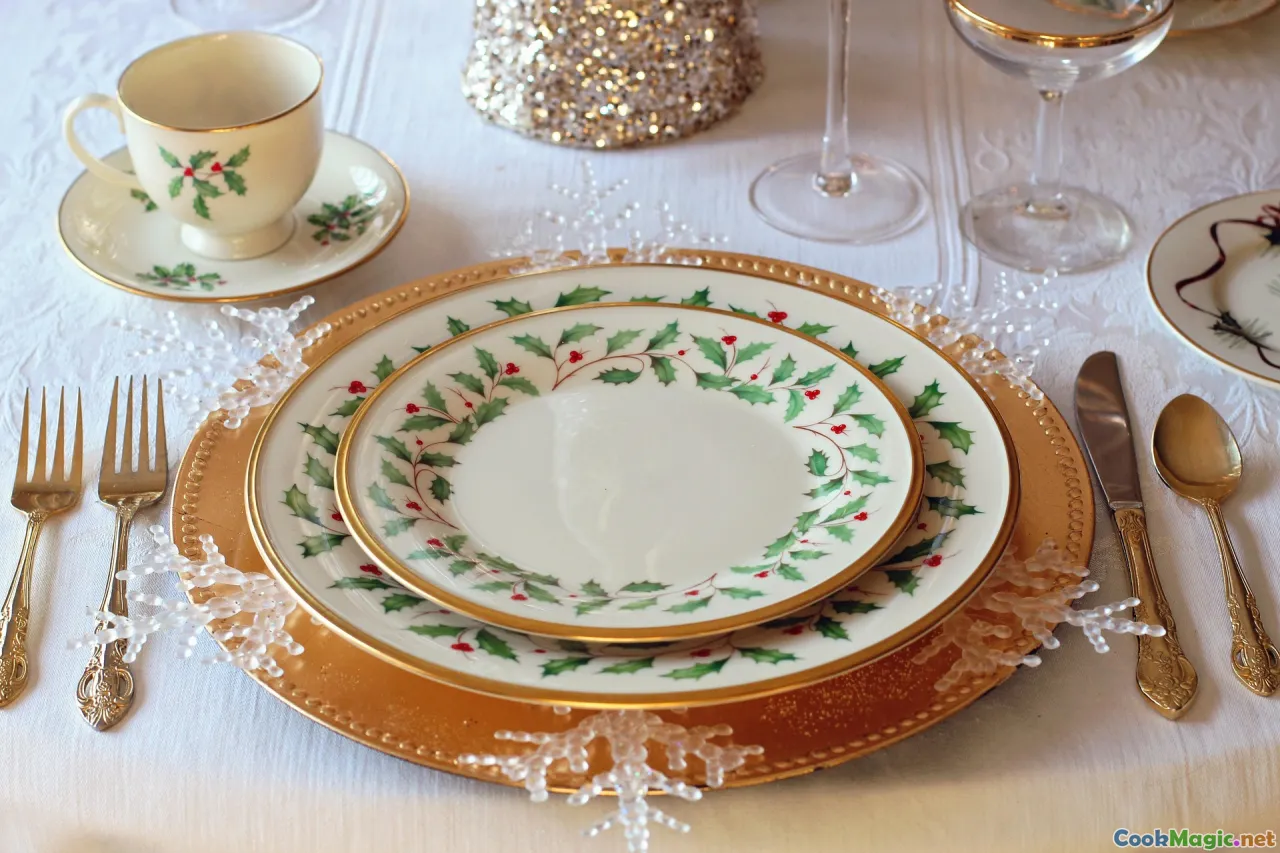
Spice Tips for Embodying Haitian Flavors at Home
- Freshness is Key: Use fresh herbs whenever possible—dried herbs don’t deliver the same vibrant punch.
- Toast Your Spices: Lightly dry-toast whole spices before grinding to release their scent and depth.
- Layer Flavors: Incorporate multiple spices at different stages to build complexity.
- Balance the Heat: Use Scotch bonnet peppers judiciously; remember, a little goes a long way.
- Embrace Improvisation: Variations are part of Haitian tradition; feel free to experiment and develop your signature epis.
Immersive Experiences and Cultural Connections
Beyond the kitchen, exploring Haitian spices involves engaging with local traditions—visiting markets in Port-au-Prince, participating in communal cooking, and tasting dishes prepared with love and resilience.
In Haiti, spice is more than flavor—it’s a language of identity and endurance. When you sprinkle a pinch of pimml, or mix a batch of epis, you’re tapping into centuries of history and communal spirit.
Whether savoring a steaming bowl of Soup Joumou adorned with ginger and aromatic herbs, or biting into a crispy Griot coated in a fiery marinade, Haitian spices invite a journey — one rich with passion, tradition, and unyielding zest for life.
Let your culinary curiosity run wild, and make Haitian spice a vibrant chapter in your kitchen adventures. The bold flavors are waiting to awaken your senses and tell stories beyond words.









